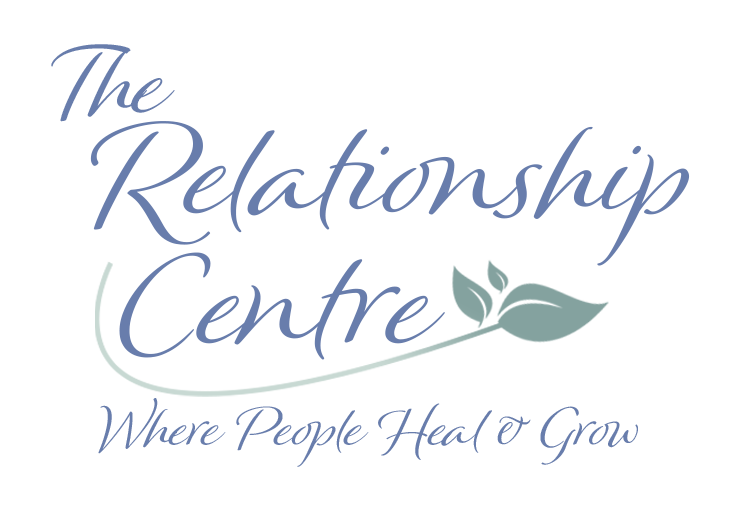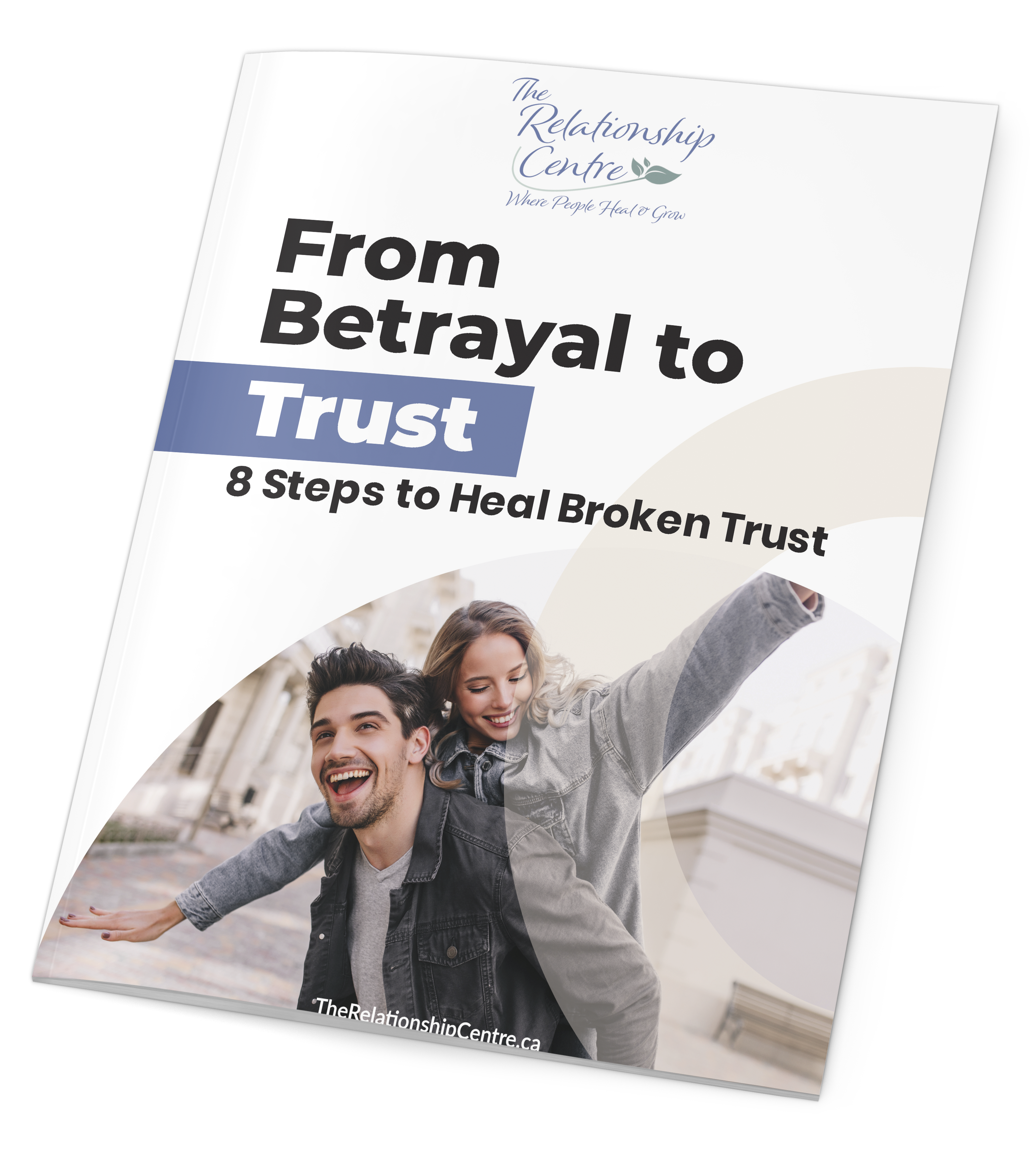What is Stress and What is Burnout?
Stress and burnout might seem like the same thing, but they’re actually different. Stress is your body’s natural reaction to challenges, deadlines, or uncertainty—it’s temporary and can even be motivating in small doses.
Burnout, on the other hand, happens when stress doesn’t let up. It’s that feeling of being physically, emotionally, and mentally drained to the point where even the simplest tasks feel overwhelming. It can affect work, home life, and relationships, making everything feel exhausting.
The key difference? Stress comes and goes, but burnout lingers. When stress is managed, it can be dealt with. But when stress is constant without a break, that’s when burnout takes over.
Recognizing the signs early can help you take action before it reaches that point.
Stress vs. Burnout: How to Identify the Difference
Understanding the difference between stress and burnout is important for addressing the right solution.
Symptoms of Stress from Work:
- Feeling anxious or overwhelmed
- Difficulty sleeping
- Irritability and mood swings
- Trouble concentrating
- Stomach pains from stress
Symptoms of Burnout from Work:
- Chronic fatigue and lack of motivation
- Feeling detached from work and personal life
- Reduced performance and productivity
- Physical symptoms like headaches, muscle pain, and digestive issues
- Emotional numbness or feeling disconnected from others
If stress is left unchecked, it can lead to burnout and stress-related health problems. Recognizing these signs early can help you take action before reaching full burnout.
Causes of Burnout and Workplace Stress
Many people experience workplace stress and burnout due to excessive workloads, unrealistic expectations, and lack of control over their work environment. Some common causes of burnout include:
Work-Related Causes of Burnout:
- High job demands and long hours – A heavy workload with no downtime leads to chronic stress.
- Lack of work-life balance – Being unable to separate work from personal time leads to emotional exhaustion.
- Unsupportive work environment – A toxic culture or lack of support from colleagues and supervisors contributes to burnout from work.
- Unclear job expectations – Not knowing what is expected of you or having constant changes in responsibilities can create stress and anxiety.
- Lack of control over work – Feeling powerless over how you do your job can lead to frustration and burnout.
Personal Causes of Burnout:
- Perfectionism and self-imposed pressure – Holding yourself to unrealistic standards can make work and personal life feel overwhelming.
- Chronic exposure to emotional distress – Those in caregiving professions often experience empathy burnout, where constantly supporting others becomes emotionally draining and overwhelming.
- Neglecting personal needs – Not making time for rest, hobbies, or social activities can lead to exhaustion.
Understanding what is causing your stress or burnout is the first step toward finding solutions.
How to Handle and Manage Stress Before It Leads to Burnout
Preventing burnout starts with effective stress management techniques. By lowering stress levels early, you can avoid long-term exhaustion.
What You Can Do to Lower Stress:
- Prioritize self-care – Make time for activities that help you relax, such as exercise, reading, or other hobbies.
- Practice relaxation techniques – Deep breathing, meditation, and yoga can help lower stress levels.
- Stay organized – Keeping a schedule and breaking tasks into manageable steps can help reduce overwhelm.
- Set work-life boundaries – Avoid checking emails outside of work hours and take regular breaks during the day.
- Limit exposure to negativity – Reduce interactions with toxic environments or people that contribute to stress.
- Stay connected with others – Talking to friends, family, or a therapist can help you process stress in a healthy way.
- Focus on what you can control – Instead of stressing over things outside of your control, shift your focus to what you can manage.
By incorporating these strategies with consistency, you can prevent burnout at work before it takes a toll on your health and mental well-being.
Recovering from Burnout: How to Get Back on Track
If you’re already experiencing burnout, you may feel like it’s a long road back to recovery and the balance you once felt. Recovering from burnout is achievable with the right approach and breaking it down into smaller digestible steps to prevent more overwhelm.
Steps to Recover from Burnout:
- Acknowledge the Burnout – Recognizing that you are burned out is the first step toward healing.
- Take a Break – If possible, take some time off or adjust your workload. Taking stress leave from work may be necessary if burnout is severe.
- Seek Support – Talk to a therapist or trusted friend about your feelings. Professional help can provide coping strategies to suit your specific needs and symptoms.
- Prioritize Rest and Self-Care – Give yourself permission to rest, sleep, and engage in activities that bring joy and relaxation.
- Reevaluate Your Workload – Make long-term changes to prevent future burnout, such as setting clear work boundaries or negotiating a manageable workload.
- Exercise and Nutrition – Physical activity can help manage stress hormones releasing dopamine, while a balanced diet supports overall well-being.
- Reconnect with Your Purpose – If your job no longer feels fulfilling, consider exploring new career options or adjustments. Setting new personal goals and professional goals can help reconnect you with your passions and identify your purpose.
When to Seek Professional Help for Stress & Burnout
If stress and burnout are affecting your daily life and time with loved ones, seeking professional support can make a meaningful difference. Therapy offers practical coping strategies to help you manage stress and prevent burnout—especially in the workplace.
At The Relationship Centre, we provide specialized support for workplace challenges, including executive and leadership coaching and individual therapy for stress and burnout. Our executive and leadership coaching program helps professionals set healthy boundaries, manage workplace stress, and develop strategies for work-life balance. Learn more about our executive coaching services here.
Whether you’re experiencing empathy burnout, workplace pressure, or general life stress, our team is here to support you.
Take the First Step Toward Stress Relief
Don’t wait until burnout takes over your life. Contact our client care coordinator today to get matched with a therapist and start your journey toward better mental health.










